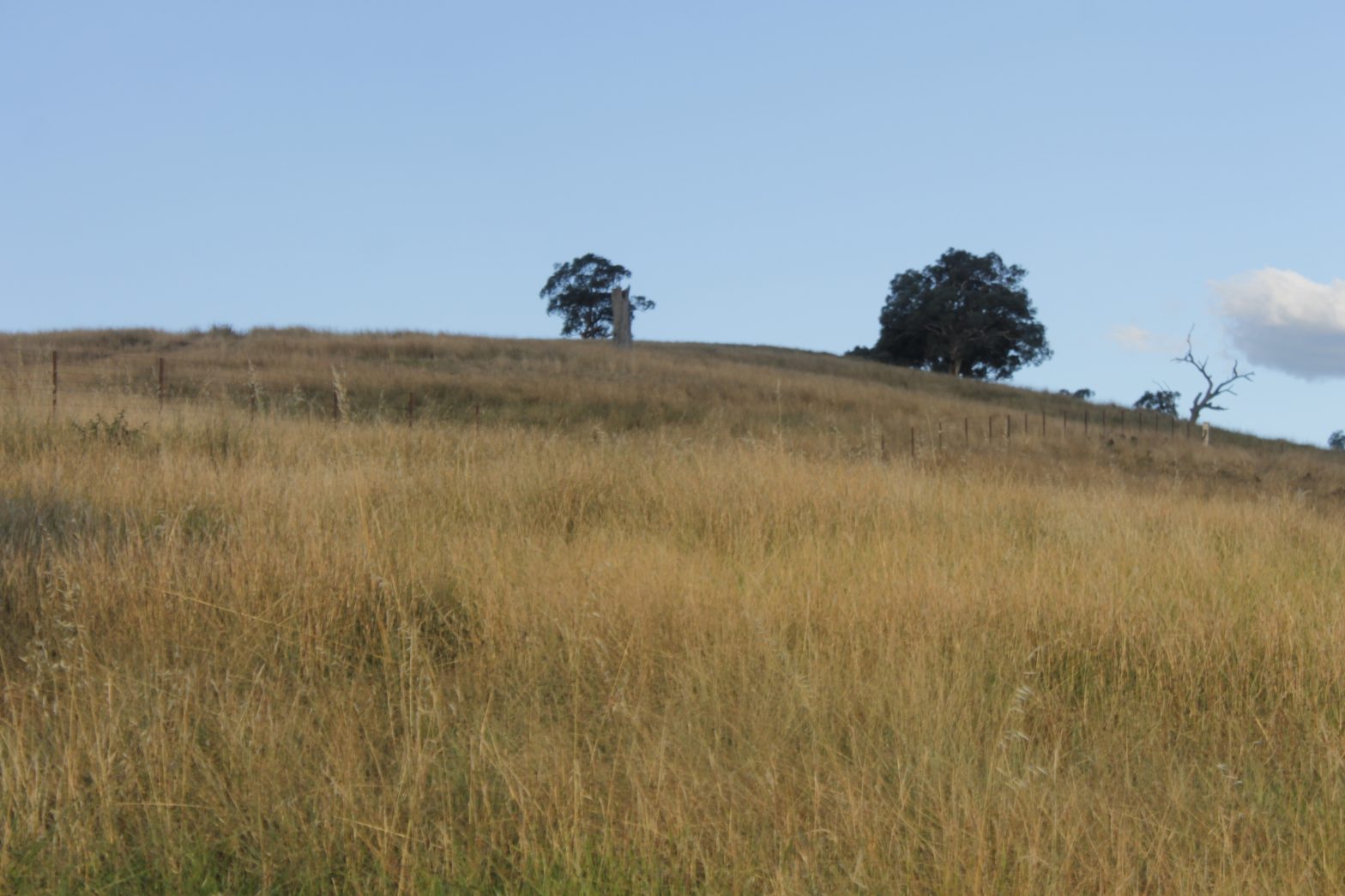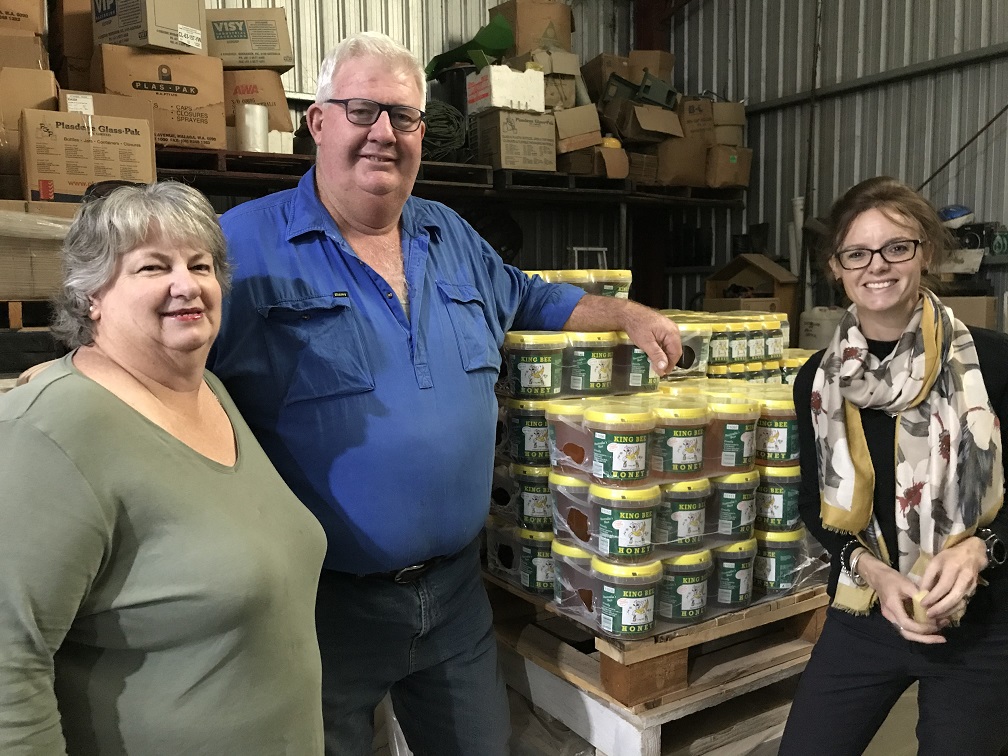
Member for Cootamundra Steph Cooke has called for travellers coming back from overseas to play their part in keeping the highly contagious Foot and Mouth Disease (FMD) out of Australia.
Ms Cooke said FMD has never been closer to Australia – with the disease now spreading through Bali and other parts of Indonesia – and it’s critical for everyone to play their part in protecting our biosecurity.
“With flights to Bali now almost back at pre-pandemic levels, it’s critical we get the messaging out there about the ramifications an incursion of FMD would have on our state’s primary industries sector,” Ms Cooke said.
“If you are returning from FMD infected parts of the world, the messaging is clear: do the right thing, declare where you’ve been, make sure clothes and shoes are clean and free from soil and manure and steer clear from anywhere there might be livestock for seven days upon your return.”
Deputy Premier and Minister for Regional NSW Paul Toole said the impact of an FMD outbreak in Australia would be disastrous for the livestock sector, the economy and regional communities.
“We have kept Australia FMD free for more than 130 years, but it is now on our doorstep and we all have a role to play to keep our industry safe,” Mr Toole said.
“Nobody wants to be the person who brings in a disease that would devastate our livestock industry, cost the economy $80 billion, and shatter regional communities for years to come.
“The message is simple: if you have friends or family holidaying in Bali or other parts of Indonesia, hit them up on social media or send them a text and make sure they understand the risks and do the right thing when they come home.”
Minister for Agriculture Dugald Saunders said the NSW Government has been working hard to bolster biosecurity to keep the agricultural sector safe, with record investment to drive active surveillance, rapid diagnostics and effective traceability systems to monitor, track and respond to threats.
“Biosecurity has been my top priority since becoming Agriculture Minister,” Mr Saunders said.
“An incursion of Foot and Mouth Disease would have severe consequences for Australia’s animal health and trade. Significant economic losses would be felt, with restrictions being placed on both domestic and international markets for live animals, meat and animal products.
“An uncontrolled outbreak could lead to the immediate closure of our meat export markets, and control costs have been estimated at more than $80 billion.”
Mr Saunders said while Australia has an internationally recognised capability to deal quickly and effectively with emergency animal disease outbreaks – including the large outbreak of equine influenza in 2007 and the outbreaks of avian influenza in 2012 and 2013 – primary producers must know what to be on the lookout for when it comes to protecting their livestock.
“We’re encouraging primary producers to engage in detailed contingency planning, to be overly cautious with people who come into contact with their livestock and monitor closely for signs of FMD which include blisters in and around the mouth area, drooling and limping,” he said.
“I have requested the Department of Primary Industries and Local Land Services ramp up their work with farmers to recognise the signs of Foot and Mouth Disease in their stock.
“If livestock exhibit any unusual signs consistent with FMD, they must be reported immediately to the Emergency Animal Disease Watch Hotline on 1800 675 888.”
FMD affects all cloven-hoofed animals including cattle, sheep, goats, deer and pigs. It can be carried by live animals as well as in residual soil left on shoes, clothing and equipment.
For more information on Foot and Mouth Disease, visit: https://www.dpi.nsw.gov.au/animals-and-livestock/beef-cattle/health-and-disease/viral-diseases/fmd

NSW Agriculture Minister Dugald Saunders has encouraged beekeepers to be aware of their responsibilities under expanded biosecurity zones which have come into force as part of the emergency biosecurity response to Varroa mite.
Minister Saunders said NSW Department of Primary Industries biosecurity officers had now traced a total of 7 infested premises, including the initial detection at sentinel hives near the Port of Newcastle.
“A new report of an infected property in the Bulahdelah area has been identified resulting in another 10km Eradication Zone being established,” Minister Saunders said.
“Critically, these new infested premises are directly linked to a previously identified property which shows the prompt and efficient response by the NSW DPI is working well.”
Minister Saunders said DPI had put significant measures in place to arrest the spread of the threat and was being assisted in the field by Local Land Services (LLS) and NSW Police
“Since Varroa Mite was first identified at the Port of Newcastle last week, NSW DPI has been working with apiary industry bodies and stakeholders to ensure beekeepers are informed and empowered to be part of this critical response,” he said.
“Australia is the only major honey producing country free from varroa mite, the most serious pest of honeybees worldwide. It’s critical we get on top of this incursion fast and the assistance of beekeepers and the community will be critical to that success.”
Under orders issued by NSW DPI no bee hives can currently be moved within NSW, and no honey or honeycomb can be harvested.
Beekeepers within the 10, 25 and 50 km biosecurity zones around infested properties must also notify NSW DPI of the location of all bees by calling the Exotic Plant Pest Hotline, 1800 084 881, or visiting www.dpi.nsw.gov.au/varroa
Eradication plans include treatment of beehives within a 10 km emergency zone around infested sites and inspection of managed and feral honeybee colonies within a 25 km surveillance zone.
Beekeepers work side-by-side with government as part of Australia’s early warning system to detect exotic honeybee pests, the National Bee Pest Surveillance Program, which includes surveillance hives and catch boxes at strategic locations around our ports and airports.
More information is available from NSW DPI: www.dpi.nsw.gov.au/varroa
NSW Agriculture Minister Dugald Saunders has encouraged beekeepers to be aware of their responsibilities under expanded biosecurity zones which have come into force as part of the emergency biosecurity response to Varroa mite.
Minister Saunders said NSW Department of Primary Industries biosecurity officers had now traced a total of 7 infested premises, including the initial detection at sentinel hives near the Port of Newcastle.
“A new report of an infected property in the Bulahdelah area has been identified resulting in another 10km Eradication Zone being established,” Minister Saunders said.
“Critically, these new infested premises are directly linked to a previously identified property which shows the prompt and efficient response by the NSW DPI is working well.”
Minister Saunders said DPI had put significant measures in place to arrest the spread of the threat and was being assisted in the field by Local Land Services (LLS) and NSW Police
“Since Varroa Mite was first identified at the Port of Newcastle last week, NSW DPI has been working with apiary industry bodies and stakeholders to ensure beekeepers are informed and empowered to be part of this critical response,” he said.
“Australia is the only major honey producing country free from varroa mite, the most serious pest of honeybees worldwide. It’s critical we get on top of this incursion fast and the assistance of beekeepers and the community will be critical to that success.”
Under orders issued by NSW DPI no bee hives can currently be moved within NSW, and no honey or honeycomb can be harvested.
Beekeepers within the 10, 25 and 50 km biosecurity zones around infested properties must also notify NSW DPI of the location of all bees by calling the Exotic Plant Pest Hotline, 1800 084 881, or visiting www.dpi.nsw.gov.au/varroa
Eradication plans include treatment of beehives within a 10 km emergency zone around infested sites and inspection of managed and feral honeybee colonies within a 25 km surveillance zone.
Beekeepers work side-by-side with government as part of Australia’s early warning system to detect exotic honeybee pests, the National Bee Pest Surveillance Program, which includes surveillance hives and catch boxes at strategic locations around our ports and airports.
More information is available from NSW DPI: www.dpi.nsw.gov.au/varroa

